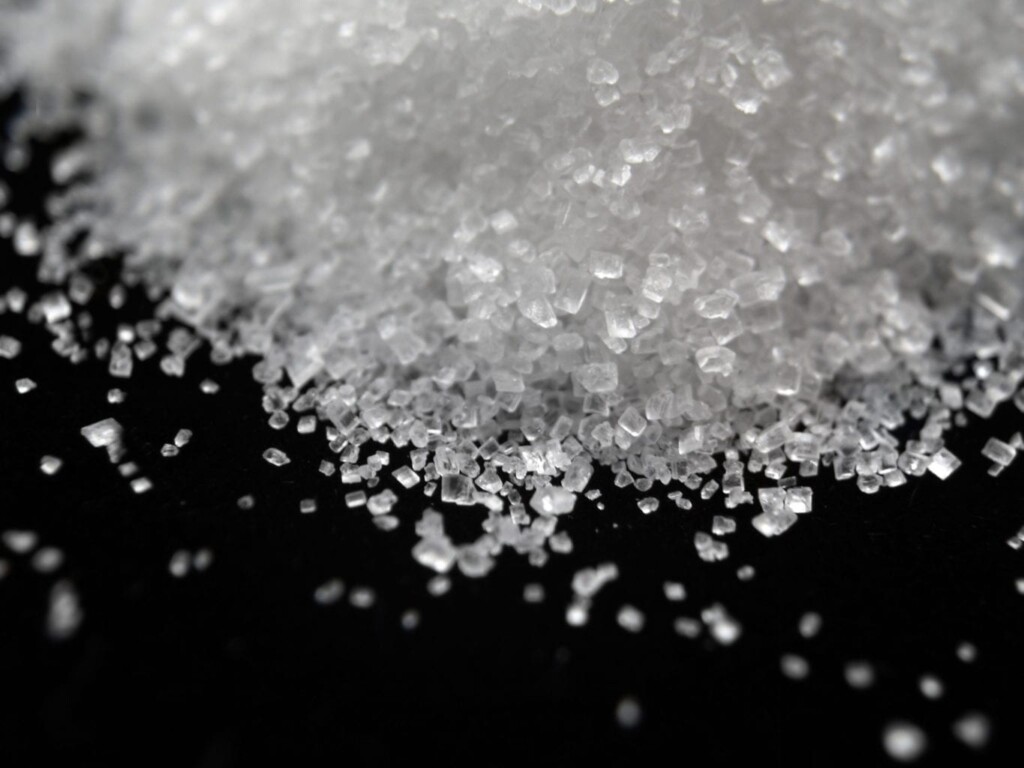Everyone knows that stress causes changes. People undergo a range of physical, emotional and psychological changes in response to stress. Materials do as well. Piezoelectric materials generate an electric charge in response to an applied pressure. This intesting phenomenon is used in the ignition sources of cigarette lighters, push-start propane barbecues, and quartz watches, in microbalances, to drive ultrasonic nozzles, for ultrafine focusing in optical assemblies (including atomic-resolution analytical instruments), to generate and detect sound, and to generate high voltages and electronic frequencies. It can also be employed in many different types of sensors to detect changes in the pressure within structural materials that may indicate damage.
Piezoelectricity is most often observed in crystalline materials that lack inversion symmetry. Examples include quartz, lead titanate, and sucrose. In addition, many biomaterials exhibit piezoelectricity—bones, tendons, and DNA. Other natural materials do as well, such as silk and wood (due to its texture). Numerous synthetic piezoelectric crystalline and ceramic materials have also been prepared. In most of these piezoelectric materials, not only is an electrical charge developed in response to an applied mechanical force, an applied electric field can lead to the generation of internal mechanical strain. In both cases, the effect is reversible. Concerns about the toxicity of lead have resulted in the development of many lead-free piezoelectric synthetic crystals, ceramics, and semiconductors.
Piezoelectric coatings and composites comprising either piezoelectric polymers or additives based on piezoelectric materials are attractive for use in sensors that enable nondestructive monitoring of structural integrity. They also have applications in pressure and touch-sensitive devices. For instance, the Fraunhofer institute for Applied Polymer Research developed a piesoelectric coating based on a vinylidene fluoride copolymer for use on structures subject to wind tunnel testing. The thin coating (10-50 micrometers) is electrically polarized to ensure could adhesion to the susbtrate surface and is then vapor-coated with a metal that acts as the top electrode. A high electric poling field is applied that causes the polar groups in the polymer to align. When pressure is applied, the dipole density is affected in that area, leading to the generation of a current that can be detected. The coating can also be used in pressure- and touch-sensitive hardware and software, such as touchpads and wireless trackballs as compure input devices.
A piezoelectric paint sensor for structural monitoring was also reported by scientists at Lehigh University. They developed a fabrication method for applying large surface areas with the paint, which is composed of tiny piezoelectric particles in a thin polymer matrix. Output voltage signals from the coating indicate vibrational responses and allow for surface crack detection. The combination of a flexible polymer with highly active piezoelectric ceramics provides a desirable belnd of mechanical and electro-active properties.
In another example, a piezoelectric coating for the protection of aluminum dies was developed to prevent die breakage. The AlN thin-film piezoelectric sensor embedded within a tribological coating system (deposited via pulsed closed field unbalanced magnetron sputtering) was shown to have high hardness, toughness, and oxidation resistance, as well as high electrical resistivity and thermal conductivity. This approach resulted in increased tool and die life, even with reduced use of lubricants.
Meanwhile, researchers at the University of Aveiro in Portugal developed a hybrid sol-gel method for the deposition of thick composite piezoelectric films with piezoelectric properties greater than those of films applied using conventional sol-gel techniques. In this case, the sol-gel precursor solution was ultrasonically mixed with piezoelectric powders and different viscous additives and then dip-coated onto a substrate. Scientists at Schlumberger filed a world patent for an enhanced piezoelectric sensor for use in monitoring the local environmental conditions within oil and gas wells. The patent specifically relates to a new method for applying a composite piezoelectric coating (CPC) as part of a pressure transducer.
Piezoelectric coatings have also been proposed for use on orthopaedic and dental implants. Implants come loose after a while because the surrounding bone becomes weaker. Electrical stimulation is, however, known to lead to the growh of bone cells. A graduate student at Linköping University in Sweden investigated the ability of piezoelectric coatings on implants to generate electricity in response to stresses caused by surrounding bone tissue with the goal of stimulating bone growth around the implants and preventing loosening of the implants.
